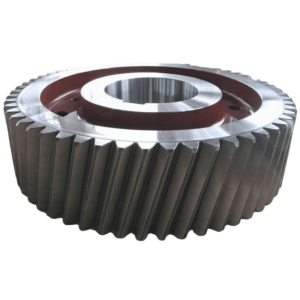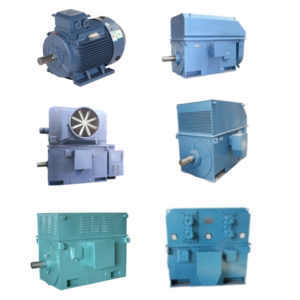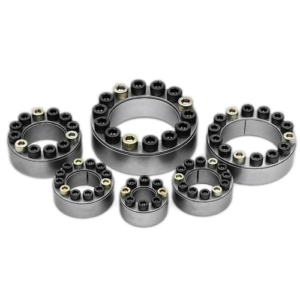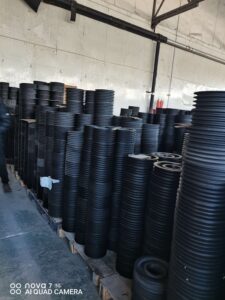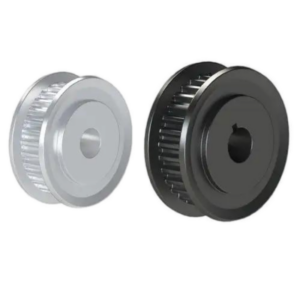Choosing the right gear can feel overwhelming with so many options on the market. Whether you’re upgrading mechanical parts for a machine, optimizing tools for performance, or ensuring reliability in industrial applications, making an informed decision is key to maximizing efficiency, durability, and value. From understanding your unique needs to evaluating materials, fit, and long-term performance, every step matters when investing in gear.
In this guide, I’ll walk you through the essentials of buying mechanical gear. You’ll learn how to balance your budget with quality, pinpoint must-have features, and navigate the pros and cons of trusted brands. I’ll also share tips on reading reviews effectively, testing gear for compatibility, and maintaining it for long-term use. By the end, you’ll have a clear blueprint for choosing gear that perfectly suits your needs—no guesswork required.
Let’s dive into Gear 101: What to Look for Before You Buy.
- Understand Your Needs
The first step in choosing the right gear is identifying your specific needs. Ask yourself questions like:
What purpose will this gear serve?
How often will it be used?
What operating conditions will it need to endure?
For example, if you’re selecting gears for a manufacturing machine, consider the load requirements, speed, and operational environment. Knowing your requirements narrows down your options and prevents you from choosing gear that doesn’t align with your application.
- Set a Budget
Investing in gear doesn’t mean breaking the bank. Setting a realistic budget ensures you get the best value for your money without overspending. Research average price ranges for the type of mechanical parts you need and decide what you’re comfortable spending.
Keep in mind that quality often comes at a price. While it’s tempting to go for the cheapest option, consider how long the gear will last and whether it’s worth spending a bit more upfront for better durability and performance.
- Research the Market
Before making a purchase, take the time to research your options. Look for product reviews on trusted websites, check out user feedback in forums, and consult industry guides. Comparing multiple products in the same category helps you identify the best options available.
- Look for Key Features
Mechanical gear comes with specific features designed for various applications. Identify which features matter most to you. For example:
Gear materials should match the operational demands, such as steel for high-strength applications or plastic for lightweight needs.
Consider gear ratios and how they affect the performance of your machinery.
Focus on features that enhance efficiency, reliability, and safety rather than getting distracted by unnecessary extras.
- Check Build Quality and Materials
Durability is non-negotiable when it comes to mechanical gear. Pay attention to the materials and construction of the product. High-quality materials not only improve performance but also extend the lifespan of the gear. If possible, inspect the gear in person or request detailed specifications from the manufacturer.
- Consider Brand Reputation
Trusted brands often have a proven track record of quality and customer service. While big names may come with a higher price tag, they also offer peace of mind. That said, don’t overlook smaller or lesser-known brands that might deliver exceptional value. Research the brand’s history and read customer reviews to gauge reliability.
- Test for Compatibility
Whenever possible, ensure the gear is compatible with your existing machinery or system. Verify measurements, specifications, and operational requirements. For online purchases, check the return policy to ensure you can exchange or return the product if it doesn’t meet your expectations.
- Factor in Maintenance and Accessories
Some mechanical gear requires regular maintenance to stay in good condition. Consider whether you’re willing to invest the time and effort needed. Additionally, check if accessories or replacement parts are readily available. This can make a big difference in the gear’s usability and lifespan.
- Seek Recommendations from Experts and Communities
Don’t hesitate to ask for advice. Reach out to colleagues, join industry forums, or consult professionals for insights. Recommendations from experienced users can save you time and help you avoid common pitfalls.
- Think About the Long Term
When buying mechanical gear, think about how it will fit into your future needs. Will it grow with your operations? Can it be upgraded or modified? Choosing versatile gear that adapts to changing requirements ensures you get the most out of your investment.
Conclusion
Buying mechanical gear doesn’t have to be complicated. By understanding your needs, setting a budget, and researching your options, you can make confident decisions. Prioritize quality, durability, and functionality to find gear that suits your applications and stands the test of time.
Remember, the right gear isn’t just an expense; it’s an investment in your operations. Take the time to choose wisely, and you’ll reap the benefits for years to come.

